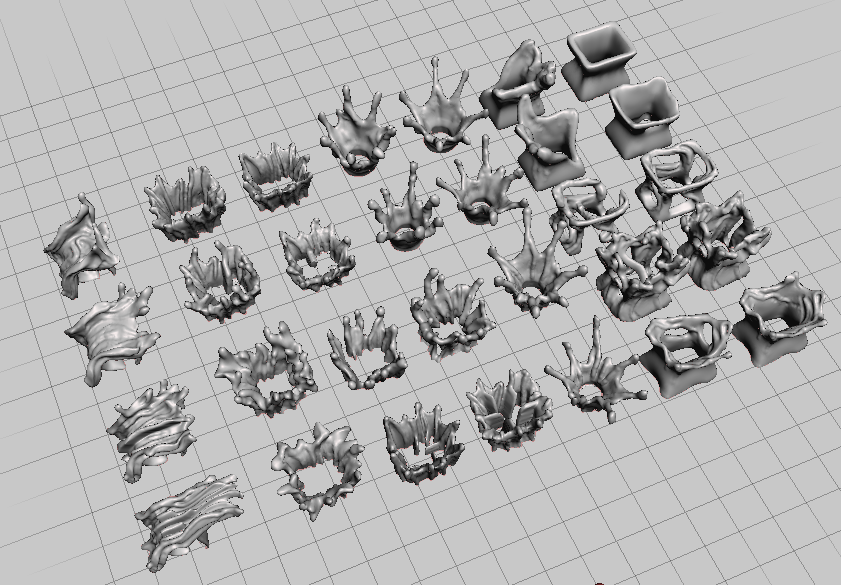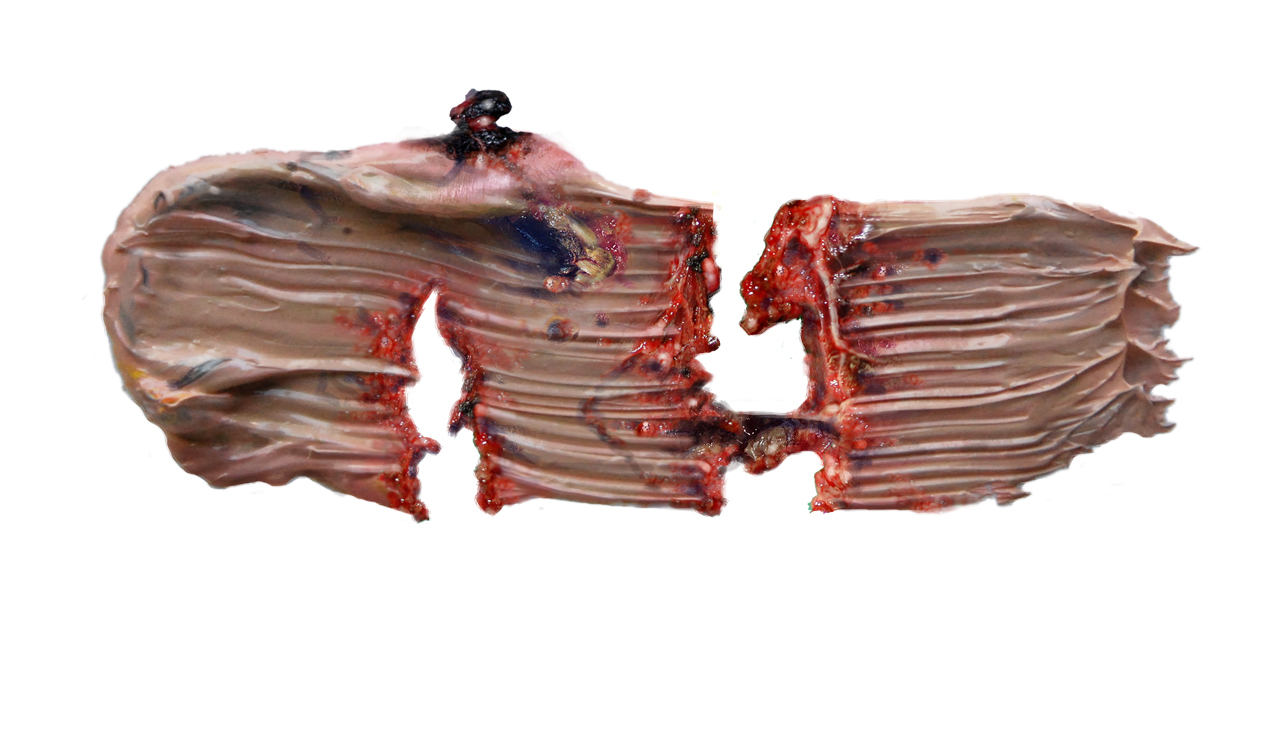Exhibition Discussion: Fabian Marcaccio and Hernan Diaz Alonso in conversation
Friday, November 22, 6-7pm
SCI-Arc Gallery
Fabian Marcaccio: Paintant Lab
Fabian Marcaccio was born in Rosario, Argentina in 1963. He lives and works in New York City. He has exhibited widely throughout the United States, Europe and South America. Major solo exhibitions include “Paintant Stories” Casa Daros, Rio de Janeiro (2014), “Some USA Stories” Krefeld Kunstmuseen, Krefeld Germany (2012), “The Structural Canvas Paintants,” Lehmbruk Museum, Duisburg Germany (2012) and “From Altered Paintings to Paintants,” Kunstmuseum Liechtenstein, Vaduz, Liechtenstein (2004). Major group exhibitions include “Summer Projects,” PS1 Contemporary Art Center, New York (2002), Documenta 11, Kassel, Germany (2002) and the 44th Biennial of Contemporary American painting at the Corcoran Gallery of Art, Washington DC (1995). Works are in the collections of the Whitney Museum of Art, MOMA, Blanton Museum of Art, Miami Museum of Art (MAM), and the Museum für Moderne Kunst (MMK), among others.

Fabian Marcaccio is one of the pioneers of digital painting. He started his practice in the 1990s with the Altered Genetics of Painting, emphasizing the alteration of pictorial content in relation to bio-genetics. He moved to an urban scale with a new type of muralism, the Environmental paintings. These works unify aspects film, urbanism, architecture, and painting. Currently he is involved in a pictorial re-engineering of painting with the use of 3D printing, which he defines as hyper-structural painting or techno-brutalism.

Marcaccio considers The Paintant Lab to be his dynamic structural atlas, a constellation about pictorial complexity. The lab is constantly evolving and is the core of his research. The effect and mood of the lab is in its multiplicity of pictorial concepts, modes and techniques. It is not contingent on any single drawing, digital print, animation or 3D printed object, but on its multiplicity. Its force is in the innumerable branches of evolution and mutation through material, technique, space and time.